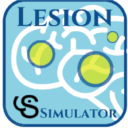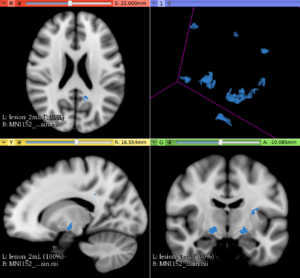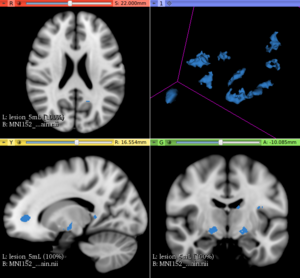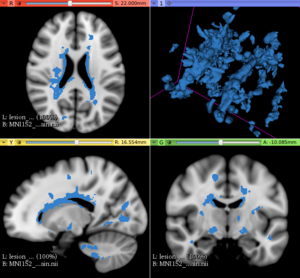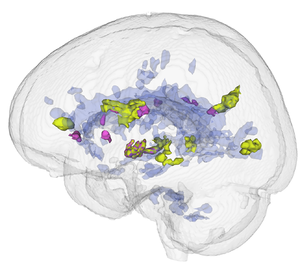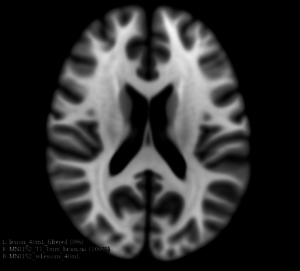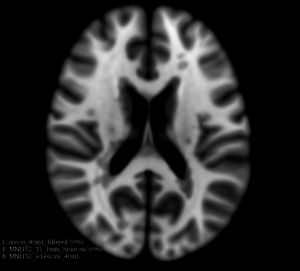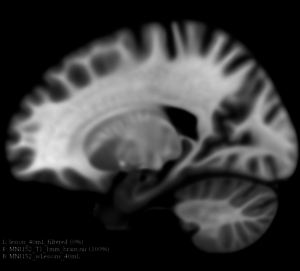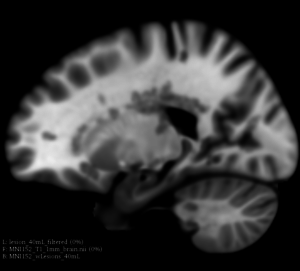Difference between revisions of "Documentation/Nightly/Extensions/LesionSimulator"
Acsenrafilho (talk | contribs) m |
Acsenrafilho (talk | contribs) m |
||
| Line 69: | Line 69: | ||
Repositories: | Repositories: | ||
| − | * Source code: [https://github.com/CSIM-Toolkits/Slicer GitHub repository] | + | * Source code: [https://github.com/CSIM-Toolkits/Slicer-LesionSimulatorExtension GitHub repository] |
| − | * Issue tracker: [https://github.com/CSIM-Toolkits/Slicer/issues open issues and enhancement requests] | + | * Issue tracker: [https://github.com/CSIM-Toolkits/Slicer-LesionSimulatorExtension/issues open issues and enhancement requests] |
<!-- ---------------------------- --> | <!-- ---------------------------- --> | ||
{{documentation/{{documentation/version}}/extension-footer}} | {{documentation/{{documentation/version}}/extension-footer}} | ||
<!-- ---------------------------- --> | <!-- ---------------------------- --> | ||
Revision as of 13:10, 1 May 2019
Home < Documentation < Nightly < Extensions < LesionSimulator
|
For the latest Slicer documentation, visit the read-the-docs. |
Introduction and Acknowledgements
|
This work was partially funded by CAPES and CNPq, a Brazillian Agencies. Information on CAPES can be obtained on the CAPES website and CNPq website. | |||||||||
|
Extension Description
This extension offer a set of tools for brain lesion simulation, based on MRI images. At moment, the module MS Lesion Simulator is available, where it can simulates both baseline scan lesion volumes (given a lesion load) and longitudinal image simulations. In summary, a statistical lesion database is generated based on a set of manual lesion mark-ups, being non-linearly registered to MNI152 space (isotropic 1mm of voxel resolution), and a local contrast ratio is applied on each image modality provided by the user. Using a small set of parameters (lesion load, lesion homogeneity, lesion intensity indenpendence and lesion variability), it is possible to generate a broad range of MS lesions patterns in multimodal MRI imaging techniques (at moment, T1, T2, T2-FLAIR, PD, DTI-FA and DTI-ADC images are provided). For more details about this project, please see the original paper.
Modules
Use Cases
Most frequently used for these scenarios:
- Use Case 1: Simulate different anatomical/clinical MS lesions patterns on healthy individuals MRI images
- In the baseline scan approach, it is offered a simulation procedure where a determined lesion load is reconstructed using a subject specific anatomical features, resulting in a realistic MS lesion load simulation.
- Use Case 2: Simulate longitudinal MS lesion progression on clinical healthy individuals MRI images
- Another important issue in Multiple Sclerosis diagnosis is the lesion progression, where drive the therapeutic strategy by the health professionals. In this case, an automatic segmentation approach could be optimally adjusted for the time progression presented in a exam series.
Tutorials
N/A
Similar Extensions
N/A
References
Information for Developers
| Section under construction. |
Repositories:
- Source code: GitHub repository
- Issue tracker: open issues and enhancement requests




